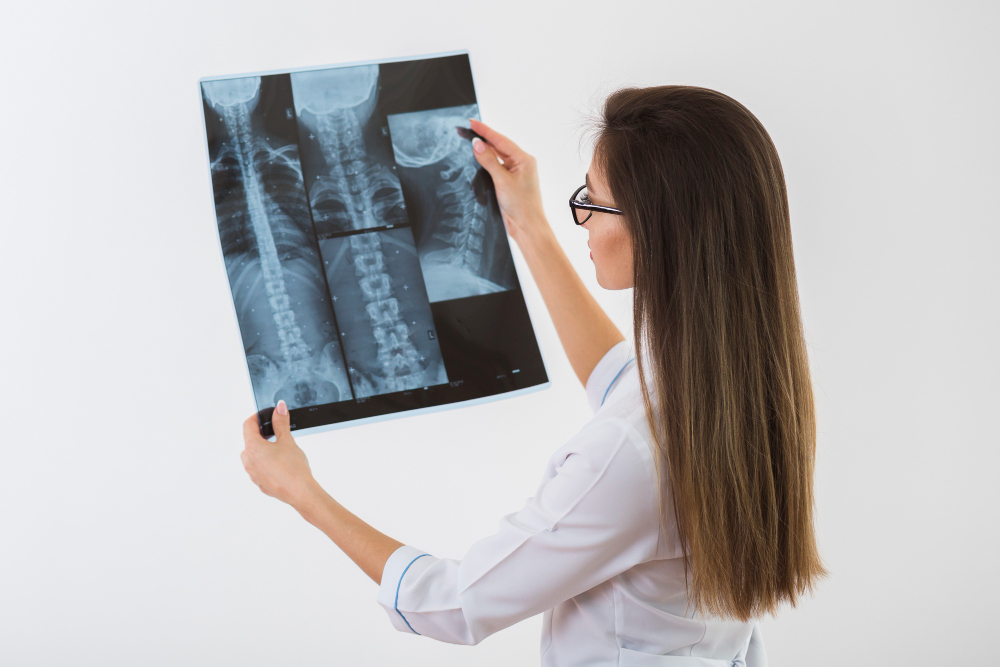Why CT Shoulder Is Important
A CT Shoulder Scan plays a vital role in diagnosing complex shoulder injuries and conditions. It helps identify:
-
Bone fractures, dislocations, or rotator cuff injuries
-
Joint instability or cartilage damage
-
Bone tumors or cystic lesions in the shoulder area
-
Post-surgical assessment after implant placement
-
Degenerative arthritis or osteoarthritis changes
For patients who’ve experienced trauma, pain, or restricted shoulder movement, a CT scan provides a precise overview that aids doctors in framing an accurate diagnosis and treatment plan. It’s also an effective imaging tool when MRI cannot be performed due to metallic implants or pacemakers.
SEO keywords with low difficulty & moderate volume:
CT Shoulder Importance, Shoulder Fracture Scan, Shoulder Pain Diagnosis, Shoulder CT Report, CT Shoulder Imaging Benefits.
Benefits of CT Shoulder Testing
Getting a CT Shoulder Scan at Diagnopein ensures several advantages, including:
-
High Accuracy: Produces highly detailed 3D images, improving diagnostic confidence.
-
Speed: The full shoulder scan usually takes less than 10 minutes.
-
Comfort: Non-invasive and painless procedure suitable for patients of all ages.
-
Clarity in Complex Cases: Detects small bone and joint abnormalities often missed on standard X-rays.
-
Guidance for Surgery & Treatment: Accurate visualization assists surgeons and physiotherapists in planning rehabilitation or surgical procedures.
Our radiology experts interpret the CT images precisely, providing digital reports quickly so treatment can begin without delay.
Keywords: Shoulder CT Advantages, CT Shoulder Accuracy, Fast Shoulder Scan, Best Shoulder CT Center, Diagnostic Shoulder CT, CT Orthopedic Imaging.
How CT Shoulder Testing Is Done
Before the scan, the patient is asked to remove any jewelry or metallic accessories around the shoulder region. Depending on the doctor’s recommendation, a contrast-enhanced CT may be performed to visualize soft tissues more clearly.
CT Shoulder Procedure Steps
-
The patient lies comfortably on the CT scanner table.
-
The technician positions the shoulder correctly to capture complete images.
-
The scanner rotates around the shoulder, acquiring thin-section images within seconds.
-
Images are processed by the computer to reconstruct a 3D view of the shoulder joint.
The entire test typically takes 5–10 minutes, and patients can resume normal activities immediately afterward. Reports are available within a few hours at Diagnopein.








